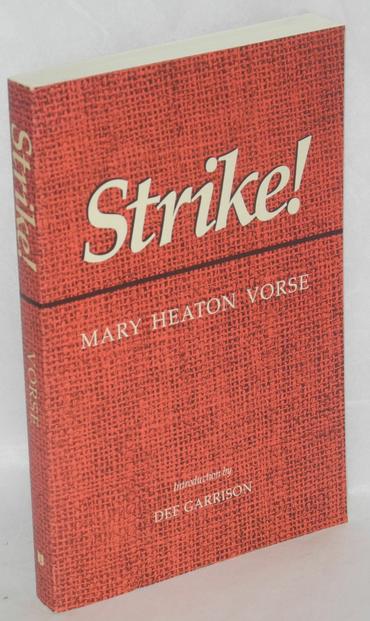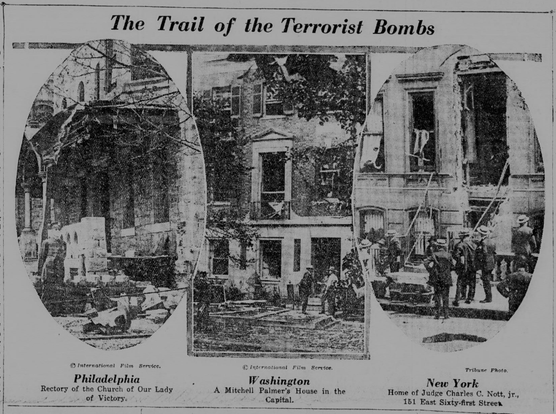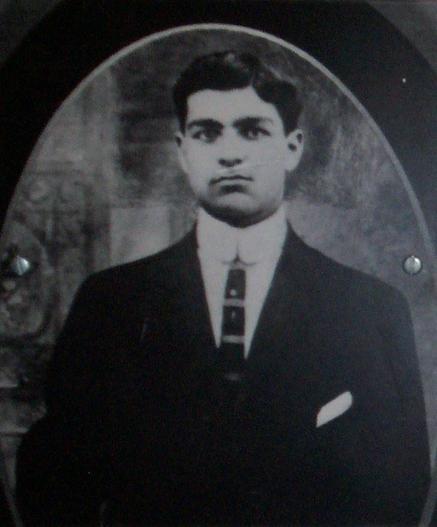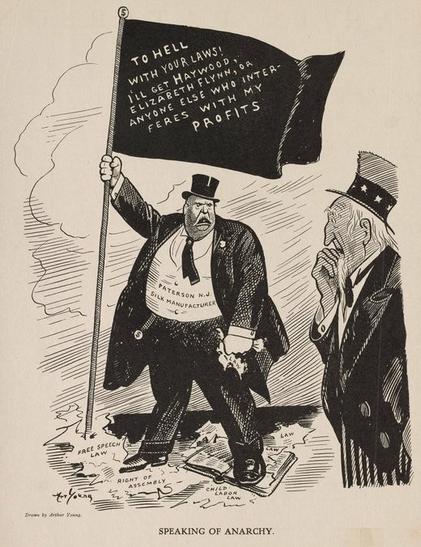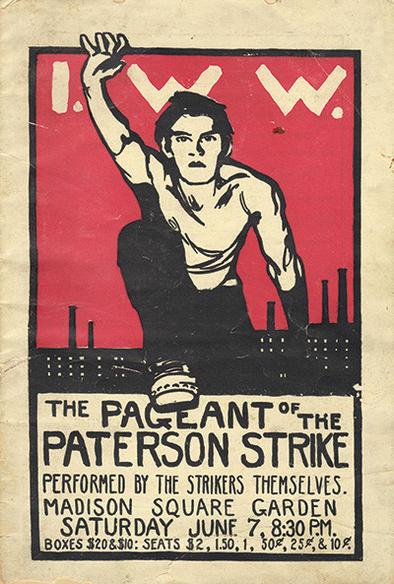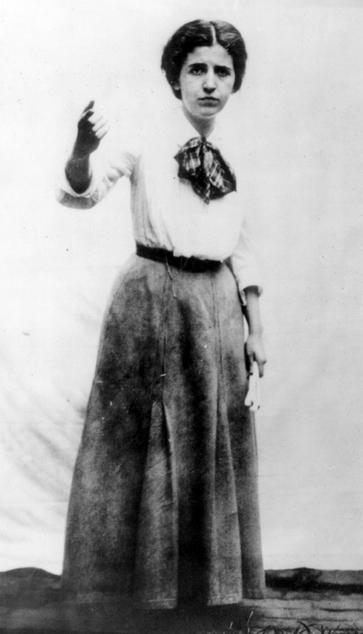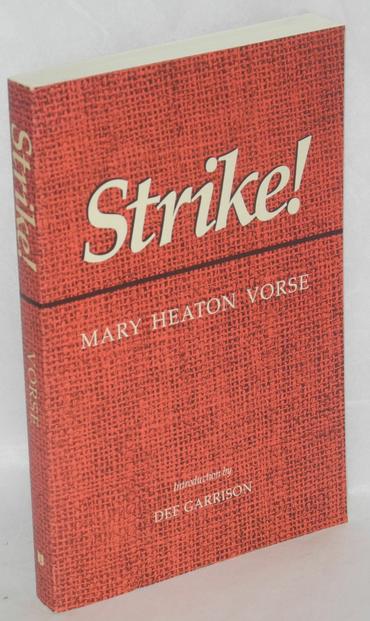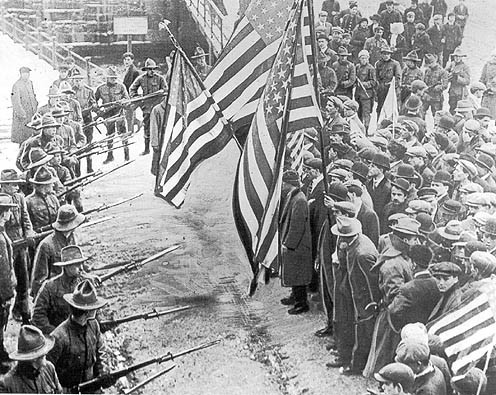Today in Labor History October 9, 1874: Mary Heaton Vorse was born. Vorse was a labor journalist who participated in and wrote eyewitness accounts of many of the significant labor battles of her day. In the 1910s, she was the founding editor of the “Masses,” as well as an activist in the suffrage and women’s peace movements. In 1912, she participated in and wrote about the Lawrence textile strike. She helped organize the Wobblies’ unemployment protest in New York, 1914, and was good friends with Elizabeth Gurley Flynn. In 1916, she reported on the IWW Mesabi Range strike. And in 1919, she worked as a publicist for the Great Steel Strike. She also wrote the novel, "Strike!" about the 1929 textile mill strike, in Gastonia, North Carolina, which was made into a film in 2007.
#workingclass #LaborHistory #MaryHeatonVorse #strike #union #IWW #ElizabethGurleyFlynn #gastonia #feminism #peace #writer #author #fiction #books #journalism #novel @bookstadon
